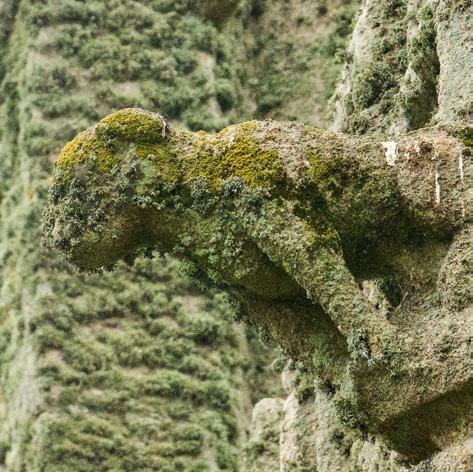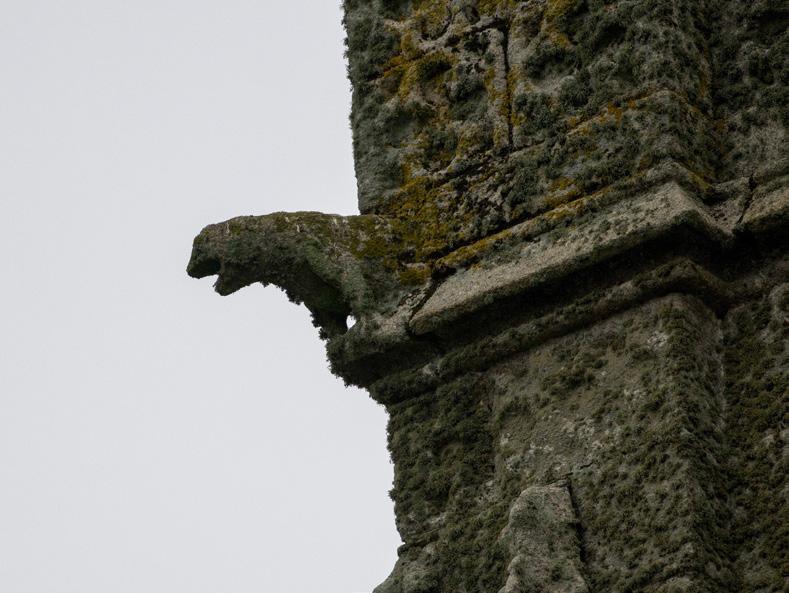
2 minute read
Hunky Punks
Where are the 'Hunky Punks’ in Probus? Do you know where to find them?
If not, read on. But first another question, 'When is a gargoyle not a gargoyle, but a grotesque?’
Advertisement
The answer to the first question is that not only is our church tower famous for being the highest in Cornwall it also has Cornwall's only 'Hunky Punks'.
The answer to the second question is that these Hunky Punks are not the usual gargoyles, whose purpose was to carry rainfall away from the walls. Instead, this is a collection of non-functional carvings called grotesques, that appear to be purely decorative.
Or, were they put there for another purpose? Why is there one at each corner? Why is there one in the middle of each side?

Image credits: Richard Ludlow.
It seems these carvings are unique to some church towers in Somerset where they are known as ‘Hunky Punks’. Perhaps because, unusually, Probus Church tower is of the 'Somerset' type, these 'Hunky Punks' are specifically found here too.
There are no others in the county, so, we have the only Cornish' Hunky Punks'.
According to Somerset' Hunky Punk' expert, Peter P. Wright, this term has probably developed from older usage and from the two words 'hunkers' and 'punchy', Hunkers means squatting on the haunches, and punchy means short or squat characterised by a short thick-set body and short legs. Both these meanings fit the style and appearance of our Hunky Punks very closely.

Image credits: Richard Ludlow.
So, the Probus grotesques, 'Hunky Punks', can be found high up on Probus Church tower, one on each corner and one in the middle of each side.
Look out for them the next time you are passing, because it is yet another reason why our church tower is unique to Cornwall. We can now be even more proud of it, for not only being the highest in Cornwall but for carrying the only 'Hunky Punks 'in Cornwall.

Image credits: Richard Ludlow.
More on our very own, unique-to-Cornwall 'Hunky Punks' may be found in the next issue.

Image credits: Richard Ludlow.





